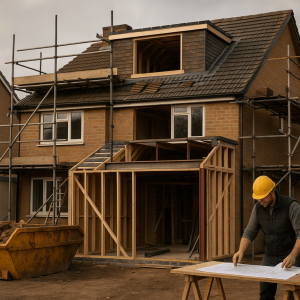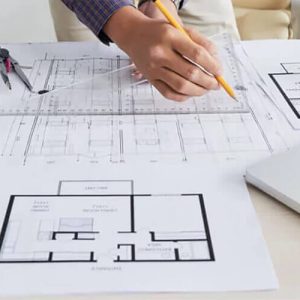Introduction to Cement Rendering
Building contractors frequently recommend cement rendering due to its ability to deliver both durability and visual appeal to a building’s interiors and exteriors. In this detailed guide, we explore the ins and outs of cement rendering, from its advantages and application techniques to maintenance advice.
What is Cement Rendering?
Cement rendering involves applying a blend of cement, sand, and water onto various surfaces like brick, concrete, and stone to achieve a smooth or textured finish. This building technique is versatile, suiting a range of aesthetic preferences and functional needs.
Benefits of Cement Rendering
Durability
Cement render stands up robustly against severe weather conditions, making it perfect for external wall coatings.
Aesthetics
The technique offers a wide selection of textures and colors, allowing it to enhance the architectural beauty of any structure.
Insulation
Beyond aesthetics, it provides excellent insulation, helping to reduce heating and cooling costs.
Fire Resistance
A non-combustible process, cement rendering adds an extra layer of fire protection to your property.
Choosing Reliable Building Contractors
Selecting the right contractor is crucial for cement rendering. Assess their experience, read client reviews, verify their licensing and insurance, and ensure they provide clear, effective communication.
Preparing the Surface for Cement Rendering
Cleaning
Achieving a clean surface by using a pressure washer or stiff brush is key to an even and successful application.
Repairing
Any surface imperfections should be filled with a suitable patching compound and allowed to dry completely.
Priming
An appropriate primer enhances the surface’s ability to bond with the cement render, reducing potential cracks and delamination.
Mixing the Cement Render
The typical ratio for a cement-sand mixture is 1 part cement to 3-4 parts sand. Pigments can be added before the introduction of water to achieve a desired coloration.
Application Techniques
Initial Layers
Apply the first layer with a steel trowel, ensuring consistency throughout. Follow with a second coat after the first has sufficiently cured, customizing the texture based on the finish you are aiming for.
Finishing Touches
Final adjustments with a damp sponge or plastic float can perfect the surface texture.
Curing and Maintenance
Maintain moisture during the initial curing phase and consider subsequent regular cleansings to preserve the finish. Touch up any emergent cracks or signs of wear to ensure longevity.
Common Cement Rendering Problems and Fixes
- Cracking: Generally due to drying too quickly or application being too thick. Mitigate by applying thinner layers and ensuring slow, even curing.
- Delamination: Often caused by inadequate surface preparation. Counter by thoroughly cleaning and priming the application area.
- Efflorescence: Resulting from moisture issues, this can be reduced with proper curing and moisture control techniques.
Exploring Different Cement Render Finishes
Options range from smooth to textured or patterned finishes, each providing a unique aesthetic that can complement your building’s style.
Conclusion
Cement rendering not only elevates the facade of your building but also fortifies it against various elements. By choosing the right materials, techniques, and maintenance practices, you can enjoy a beautifully rendered structure that lasts. Choose experienced contractors who adhere to best practices for optimal results.
FAQs about Cement Rendering
- What is the best time of year to apply cement render?
- Spring or early autumn, to avoid extreme temperatures that can affect curing.
- Can cement render be applied to wooden surfaces?
- No, cement render requires a solid, non-flexible base like brick or concrete.
- How long does cement rendering last?
- When properly maintained, cement render can last 20-30 years or more.
- Is it necessary to paint over cement render?
- Not necessary, but painting can provide additional waterproofing and aesthetic value.











